Text
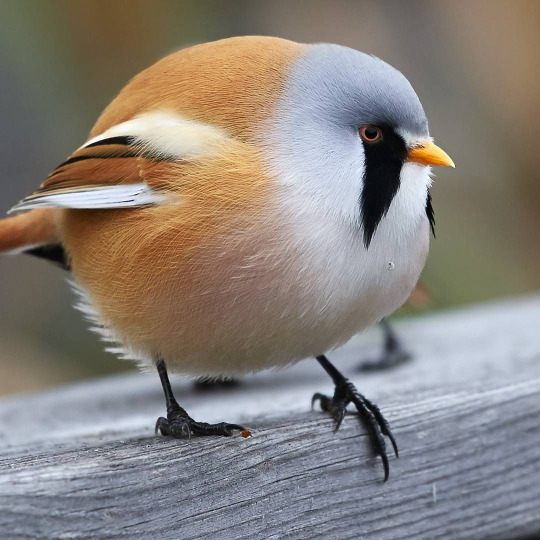
Bearded Reedling - Panurus biarmicus
A nickname for this bird is 'bearded tit' (lol)
They are the only currently known bird species in the Panuridae family
Male bird's 'moustaches' usually determine their dominance within a group
Typically female bearded reedlings prefer partners with longer tails
Source: https://en.wikipedia.org/wiki/Bearded_reedling#Conservation_status
#animal facts#fun facts#animals#silly little guy#birds#bearded reedling#Panurus biarmicus#round bird
2 notes
·
View notes
Text
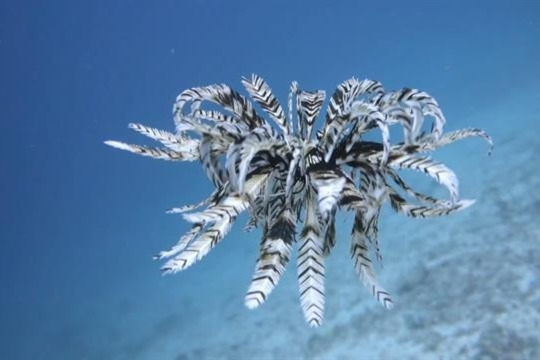
Feather Star - Crinoid
Crinoids that lose their stalks become feather stars. Those that keep their stalks become sea lilies.
Feather stars have a tiny set of legs (cirri) that they can use to attach themselves to rocks
They are related to sea stars and sea urchins
There are more than 600 different species of Crinoid
Source: https://www.australiangeographic.com.au/blogs/creatura-blog/2017/08/feather-stars/
0 notes
Text

Sea Bunny - Jorunna parva
They eat toxic sponges, which contain toxins that can be used in cancer treatments (This means they're also toxic themselves, so don't try to touch them if you ever encounter one)
The fur-like texture of these creatures are called "papillae", which are used for sensory functions
They come in three colors: white, yellow, and green.
Source: https://en.wikipedia.org/wiki/Jorunna_parva
#animal facts#fun facts#animals#silly little guy#marine life#sea slugs#sea bunny#sea critters#sea creature
13 notes
·
View notes
Text

Sea squirt - Ascidiacea
Picture above is of baby sea squirts. I chose this one because they look like the souls of the damned screaming in agony.
Some sea squirts like to live on the backs of large crabs
Their larvae are free swimmers, but when they grow up, they become mostly sessile.
Sea squirts are comprised of zooids. Each one is their own individual, and when budding, some split off to become independent.
Source: https://www.britannica.com/animal/sea-squirt
1 note
·
View note
Text

Jerboa - Scarturus tetradactylus
Most of their movement involves hopping, as you'd most likely guess from their kangaroo-like legs
Ear length varies from type of jerboa, from extremely long like a rabbits, to short like a mouse
They create four different type of burrows depending on the time of day and the season. They have two burrows for Summer and Winter, one for hunting at night, and one for hunting during the day
Though they tend to be solitary, they can group up and create a community burrow to keep warm
Source: https://en.wikipedia.org/wiki/Jerboa
2 notes
·
View notes
Text
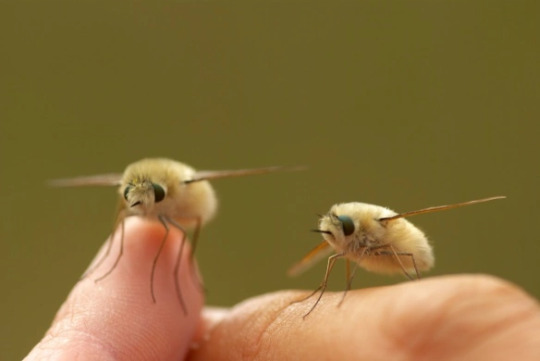
Bee fly - Bombyliidae
Bee flies are docile, meaning they don't sting or bite.
Young adult bee flies are considered to be parasitic, often producing larvae that can kill a host by infesting their nests and eating the young. Their hosts consist of bees, wasps, grasshoppers, ants, caterpillars moths, and beetles.
Female bee flies protect their eggs by scooping up and covering them with gravel and sand. This camouflages the eggs.
Source: https://www.nhm.ac.uk/discover/bee-flies-cute-bee-mimic-with-a-dark-side.html
#animal facts#fun facts#animals#insects#bee fly#Bombyliidae#insect facts#silly little guy#silly creature#cute animals
2 notes
·
View notes
Text

Leaf Sheep Slug - Costasiella kuroshimae
They can perform photosynthesis due to their bodies retaining chloroplasts, typically from the algae they eat. This is called kleptoplasty.
They are extremely small, being smaller than an entire inch, or being only a few millimeters. (1/4-3/8 of an inch, 5-10 millimeters.)
They are native to Japan coasts.
Source: https://en.wikipedia.org/wiki/Costasiella_kuroshimae
#sea slugs#leaf sheep#leaf slug#animals#animal facts#fun facts#marine life#silly little guy#Costasiella kuroshimae#silly creature
4 notes
·
View notes
Text

Rosy Maple Moth - Dryocampa rubicunda
They are the smallest type of silk moth
Hosts for their eggs are turkey oak trees, sugar maple trees, silver maple trees, and red maple trees
Their larvae are damaging to trees, but not considered to be pests
Source: https://hgic.clemson.edu/factsheet/rosy-maple-moth-dryocampa-rubicunda/#:~:text=Regardless%20of%20sex%2C%20the%20rosy,males%20are%20smaller%20than%20females.
6 notes
·
View notes
Text
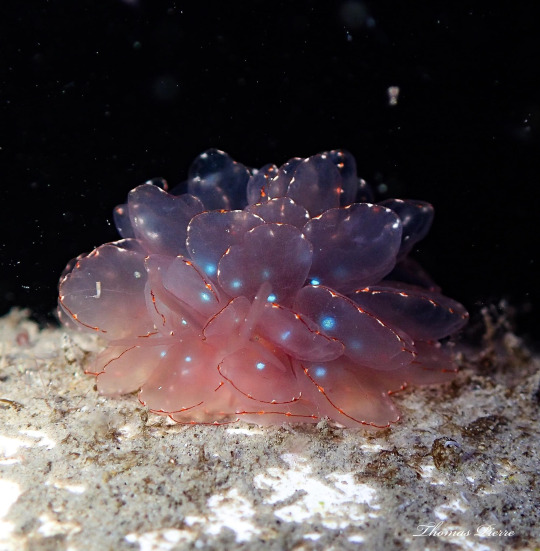
Butterfly Nudibranch - Cyerce Elegans
It uses its bright colors as a defense mechanism against predators
They feed off of algae
Butterfly nudibranchs are a type of sea slug
(Unfortunately, not much information is available about this animal. Looks neat though!)
Source: https://slugsite.us/bow/nudwk179.htm
#animal facts#animals#marine life#sea creatures#sea slugs#nudibranch#sea critters#fun facts#cyerce elegans
4 notes
·
View notes
Text

The African Rain Toad - Breviceps Fuscus
Only found in the South African coast
Unable to hop or swim due to their short, stubby legs
One of their defense mechanisms is that they can puff up their bodies by filling it up with air to intimidate their predators, or to get themselves lodged in their burrow to avoid getting pulled out by snakes
They can kill themselves accidentally by eating a cricket that's too big, which will clog up their intestines
Source: https://en.wikipedia.org/wiki/Breviceps_fuscus
5 notes
·
View notes
Text
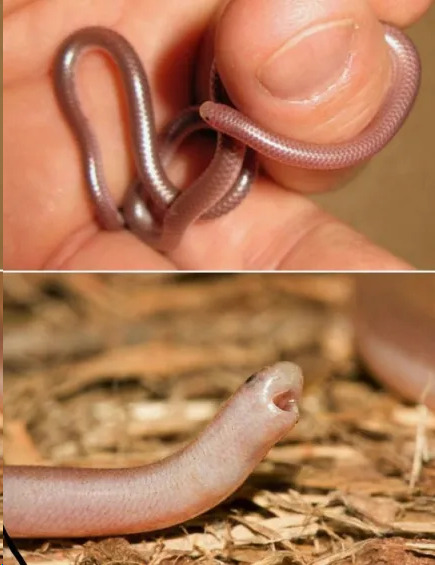
The western blind snake - Rena Humilis
These are only found in the southwest territory of the United States and the North of Mexico.
They live underground, and infiltrate ant and termite nests to eat the larvae and pupae
Like other blind snakes, they are fluorescent under low frequency blacklight
Source: https://en.wikipedia.org/wiki/Rena_humilis
4 notes
·
View notes